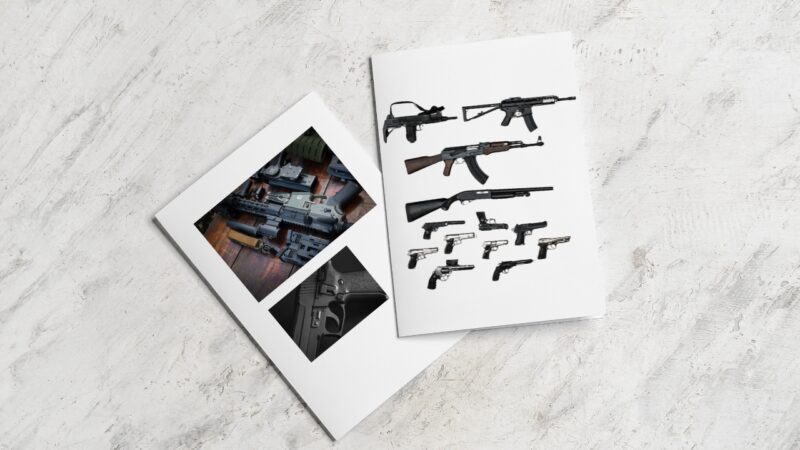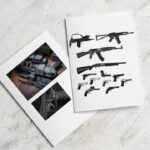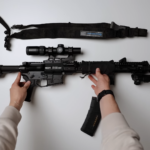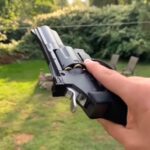Creating an effective product brochure for your arms business is not just about listing products; it’s about crafting a compelling visual narrative that captures the essence of your brand and the quality of your offerings. In the competitive arms market, a well-designed brochure serves as a powerful tool for visual merchandising, helping to distinguish your products from competitors and engage potential customers.
This guide will explore key strategies for designing a product brochure that not only provides clear and useful information but also enhances the visual appeal of your arms products. From selecting the right images and layout to choosing the best typography and color schemes, every detail contributes to the overall effectiveness of the brochure.
Let’s delve into how to create a visually striking and informative arms product brochure that captures attention and drives sales.
Why Are High-Quality Images So Important?
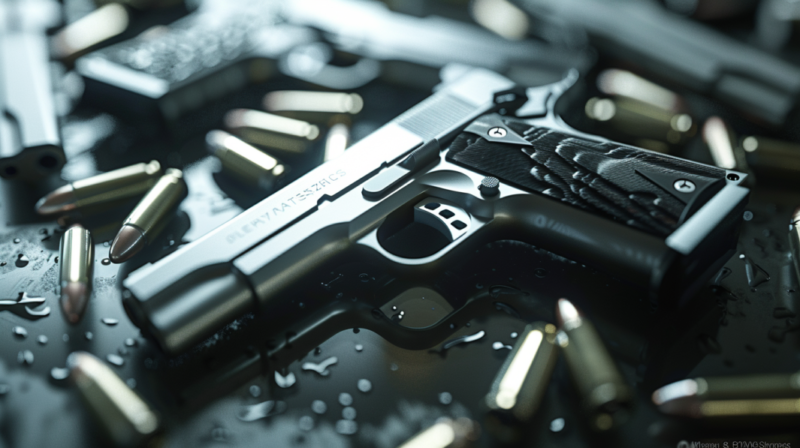
At the heart of any effective arms product brochure is high-quality imagery. Clear, detailed photos that showcase your products from various angles not only highlight the craftsmanship and quality of the arms but also help customers make informed purchasing decisions.
Investing in professional photography can make a significant difference in how your products are perceived. It’s crucial to use images that are sharp, well-lit, and visually appealing to create a strong first impression.
For instance, incorporating images from photo album books, as you can see if you check this, can be an excellent way to demonstrate the product in a real-world context, providing a richer, more engaging customer experience.
These images can show the arms being used in appropriate settings, which helps potential buyers visualize them in their own lives. Moreover, such imagery can be used to tell a story about the heritage and reliability of your products, adding depth to the brochure’s visual narrative.
Additionally, consider the layout of these images within your brochure. They should be strategically placed to guide the reader through the content, with a good balance between text and visuals. This ensures that the brochure is not only informative but also easy on the eyes, encouraging potential customers to read through and engage with the material fully.
Make Sure You Create a Cohesive Design Layout

The layout of your arms product brochure plays a crucial role in how information is perceived and absorbed by the reader. A well-structured layout not only organizes content logically but also enhances the overall aesthetic appeal, making the brochure both attractive and easy to navigate.
Start by defining a clear hierarchy in your information, where key products are highlighted and details are easy to find. This structure should guide the reader’s eye through the brochure in a natural and intuitive manner.
Utilize clean lines and ample white space to prevent the brochure from appearing cluttered, which can detract from the products themselves. Each page should be designed with purpose, balancing images and text to keep the reader engaged without overwhelming them. Incorporate pull quotes or callouts for important features or benefits of the products to draw attention to unique selling points.
The use of grids can be particularly effective in arms product brochures, as they provide a framework that can hold a variety of visual elements cohesively. Grids help in aligning text and images, which contributes to a more professional and polished look. Consistency in your layout across all pages reinforces your brand identity and enhances the readability of your brochure, making it more effective as a sales tool.
You Have to Find the Right Colors and Typefaces
Typography and color play pivotal roles in the effectiveness of your arms product brochure. The choice of fonts and color palette not only influences the aesthetic of your brochure but also its ability to communicate effectively with your audience. These elements should align with your brand identity and be tailored to resonate with your target market, enhancing readability and emotional appeal.
When selecting typography, opt for fonts that are clean and easy to read. Consider using a combination of fonts for both headers and body text, but limit yourself to two or three to maintain a cohesive look.
Headers can be bold and attention-grabbing, while body text should be simpler and more understated to ensure that information is easily digestible. Pay attention to font size and spacing; sufficient white space around text improves readability and gives your brochure a more refined appearance.
The color scheme should complement the images and reflect the branding of your arms products. Colors can evoke emotions and associations—choose those that convey strength, reliability, and precision, which are key attributes in the arms industry.
For example, darker colors like black, navy, or forest green provide a powerful backdrop that can make your product images pop, while metallic colors like silver and gold can add a touch of elegance and high quality.
The Copy of The Text Will Make the Biggest Difference
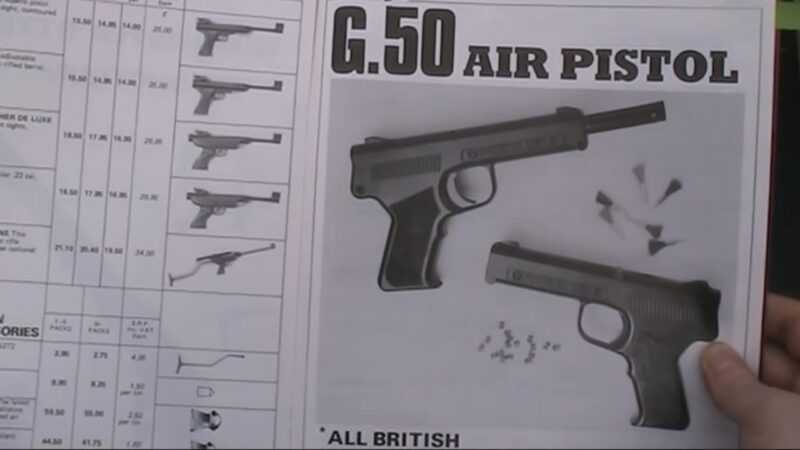
The text content of your arms product brochure is just as important as its visual elements. It needs to be both informative and persuasive, providing potential customers with all the necessary details about your products while also compelling them to make a purchase.
Start by clearly articulating the features and benefits of each item in your catalog. Highlight what sets your products apart from the competition, such as superior craftsmanship, advanced technology, or better performance.
Effective copy should be concise yet detailed enough to answer any potential questions a buyer might have. Use bullet points for easy readability, focusing on key attributes like weight, material, usability, and any unique selling propositions. Avoid jargon that might confuse readers who are not deeply familiar with arms products; instead, explain terms when necessary to ensure clarity and enhance understanding.
Moreover, weave a narrative that connects with your audience’s needs and desires. If your target market includes outdoor enthusiasts, for example, emphasize how your products enhance the experience of outdoor adventures or provide reliability in various environmental conditions. Emotional appeal can be a powerful motivator in purchasing decisions, so crafting copy that resonates on an emotional level can significantly boost the impact of your brochure.
In Conclusion
Creating a compelling arms product brochure requires a thoughtful blend of visual elements, persuasive copy, and meticulous attention to detail. Moreover, ensuring that all information is accurate and compliant with industry regulations is crucial for maintaining credibility and trust with your customers.
Understanding the distinction between a single-shot firearm, which requires manual reloading after each shot, and a repeating firearm, capable of firing multiple rounds before reloading, is essential for conveying the specific advantages of each design to potential buyers.
A well-designed brochure not only informs potential buyers but also enhances the perceived value and professionalism of your brand, setting you apart in a competitive market.

